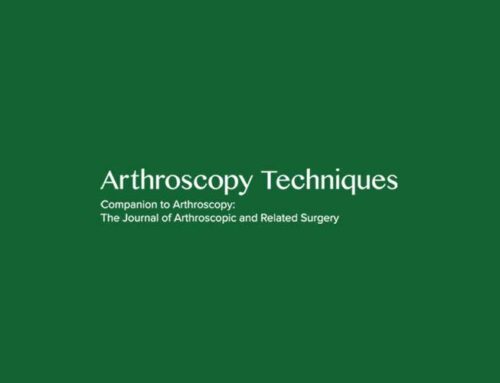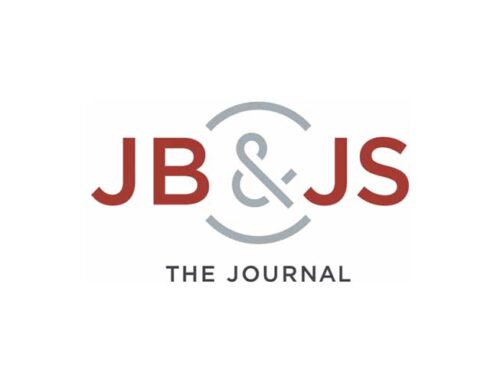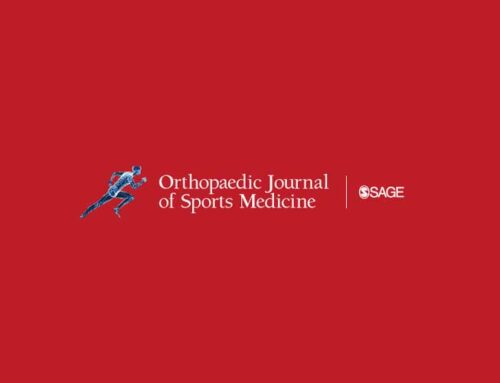BACKGROUND:
The literature on the effects of labral tear on patient-reported outcomes, midterm pain, and overall patient satisfaction is limited.
PURPOSE:
To determine the effect of labral tear length on postoperative outcomes after hip arthroscopy for femoroacetabular impingement syndrome (FAIS).
STUDY DESIGN:
Cohort study; Level of evidence, 3.
METHODS:
Consecutive patients undergoing primary hip arthroscopy for FAIS from January 2012 to January 2016 were identified in a prospectively collected database. All patients completed the Hip Outcome Score-Activities of Daily Living (HOS-ADL), Hip Outcome Score-Sports Subscale (HOS-SS), modified Harris Hip Score (mHHS), and visual analog scale for pain and satisfaction. Patients were stratified by labral tear length into small (<2.5 cm) or large (≥2.5 cm) based on the receiver operating characteristic curve analysis. Patient characteristics and outcomes were analyzed with multivariate linear regression analyses to identify predictors of labral tear length. Binary logistic regression analysis was performed to determine whether labral tear length predicted the likelihood of achieving the minimal clinically important difference.
RESULTS:
Of the 747 eligible patients, 600 (80.3%) had 2-year reported outcomes and were included in the final analysis. Mean age, body mass index, and tear length were 33.5 ± 12.3 years, 25.4 ± 9.2 kg/m2, and 2.7 ± 0.7 cm, respectively. Men had higher frequency of large tears when compared with women (77% vs 43.7%, P < .001). Independent t test demonstrated significant differences in 2-year outcomes between patients with tears <2.5 and ≥2.5 cm, respectively: HOS-ADL (87.3 ± 16.3 vs 84.3 ± 18.1, P = .033), HOS-SS (76.6 ± 23.5 vs 70.5 ± 27.7, P = .005), mHHS (82.5 ± 18.0 vs 78.5 ± 18.2, P = .009), and satisfaction (83.5 ± 23.4 vs 77.8 ± 34.9, P = .026). Binary logistic regression analysis demonstrated that labral tear length is an independent predictor of visual analog scale for satisfaction, HOS-ADL, HOS-SS, and mHHS. Binary logistic regression analysis demonstrated that patients with small labral tears had a higher likelihood of achieving the minimal clinically important difference for the HOS-SS (odds ratio, 1.61; 95% CI, 1.39-1.92; P < .02) and the patient acceptable symptomatic state for the mHHS (odds ratio, 1.56; 95% CI, 1.11-2.2; P = .038) than those with larger tears.
CONCLUSION:
Labral tear length is independently predictive of patient-reported outcomes after hip arthroscopy for FAIS. Furthermore, patients with smaller tears (<2.5 cm) had better outcomes and a higher likelihood of achieving a minimal clinically important difference at 2-year follow-up. However, the mean differences between changes in pre- and postoperative outcomes were relatively small and may not be clinically meaningful.



